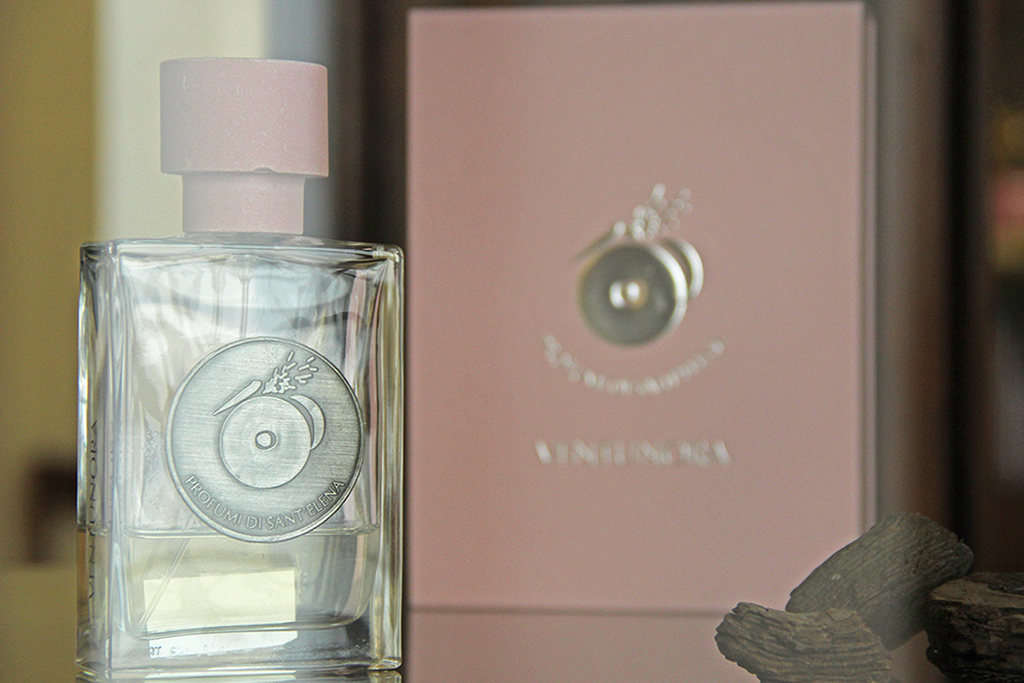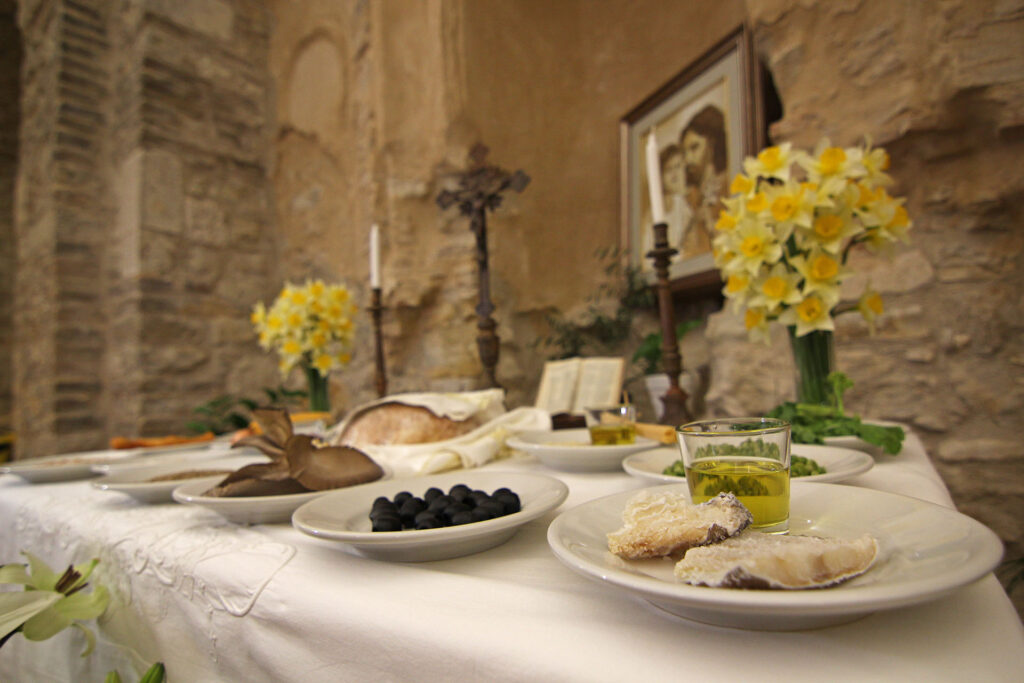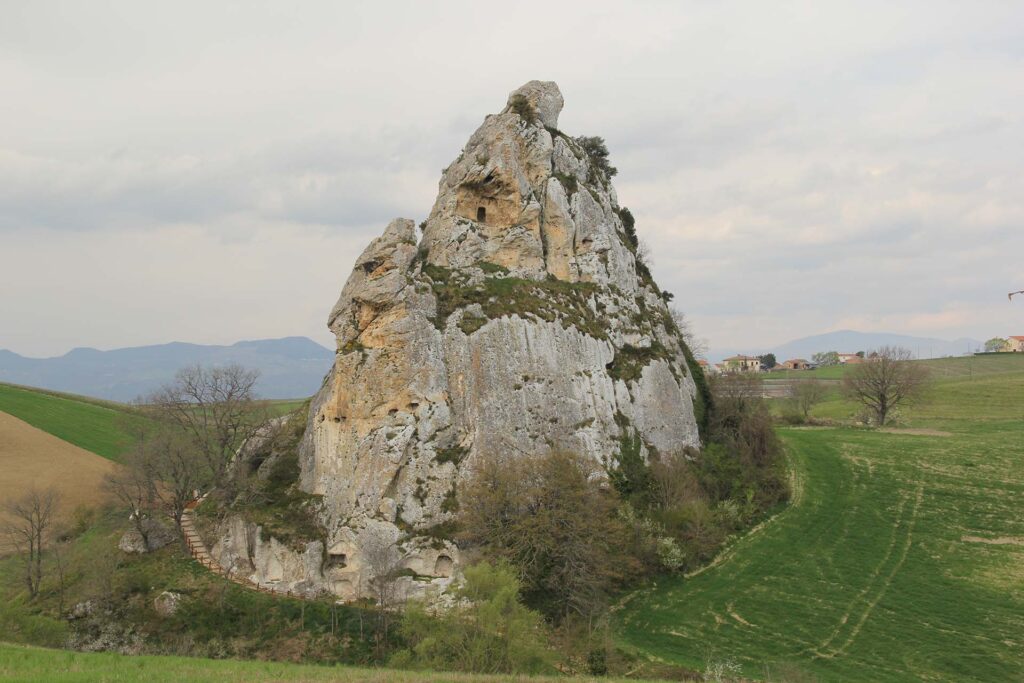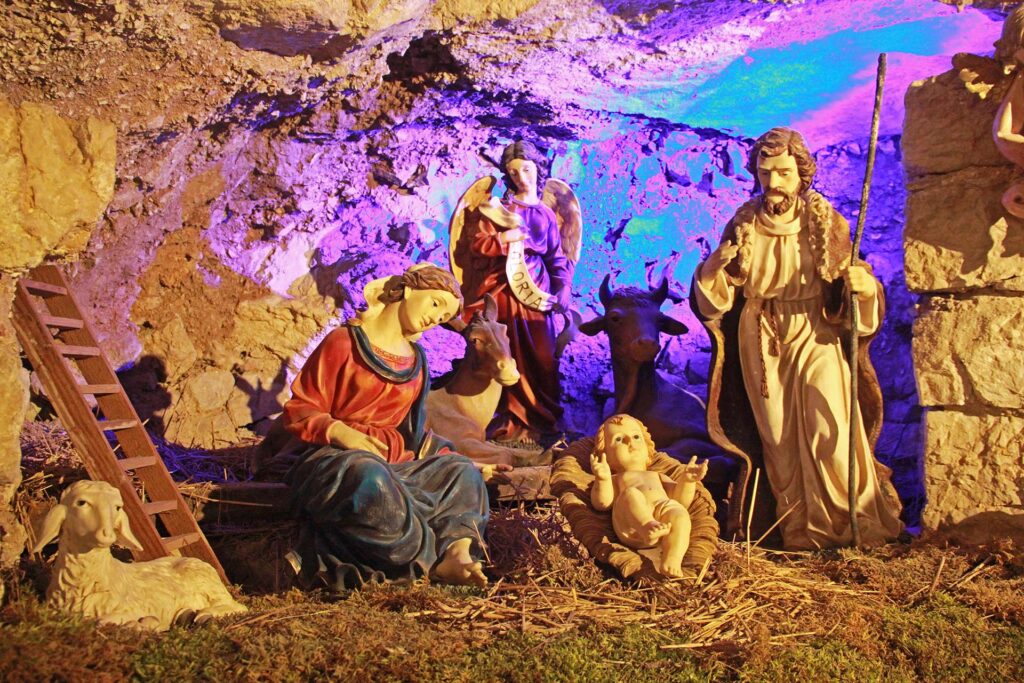A long history from knife grinders to perfumers
When tradition succeeds in innovating, yet holding firmly to its origins, stories are born that are impossible not to tell. When, then, you also combine these with collaboration among people, even from different countries, it adds a vital piece to make the story even greater. This is what happened more than a century ago and is recounted at the Museum of Perfume in Sant’Elena Sannita.
The story stems from the knife grinders, present in the village as in nearby Frosolone. By the early postwar period, work was fast dwindling so many decided to move to the big cities, primarily Naples and especially Rome. Initially the business carried out was the same except shortly afterwards to begin a collaboration first with butcher shops and then with barbershops. From the work done with the butchers began the collaboration with the Frosolone cutlers, while from that done with the barbers, the Santelenese who moved away were able to bring back to their home country products in use in the big cities but unknown elsewhere.
The emergence of perfumers
Those who had the opportunity began to acquire premises in the city for the sale of scissors, knives and the typical products of barbershops. Then, after World War II, perfumes also arrived.
In the same period there was such a mass exodus and the business grew so large that in a few years, in Rome alone, there were about five hundred perfume stores run by Santelenese.
The Perfume Museum
To commemorate this history, the Foundation “The Perfume Walk” manager of the dedicated museum was established. This consists of two floors and houses, in elegant cabinets, about 1,500 pieces of modern perfumery as well as items used by barbers and perfumers since the late 19th century. Outside there is also a botanical garden in which essences are grown and which aims to launch a workshop to create new ones. Scents are, in addition, created that tell the story of the country.
The perfumes are original, some still with the price. It was the Santelenese perfumers themselves who, once federated, collected unique pieces, first editions and special bottles. With the dissolution of the federation, this work was in danger of being lost but, thanks to the Muzio family, the collection came as a treasure as a gift to the “Il Cammino del Profumo” Foundation and, therefore, to the Perfume Museum.
A place and a history to be discovered in the wake of tradition, collaboration and innovation.




